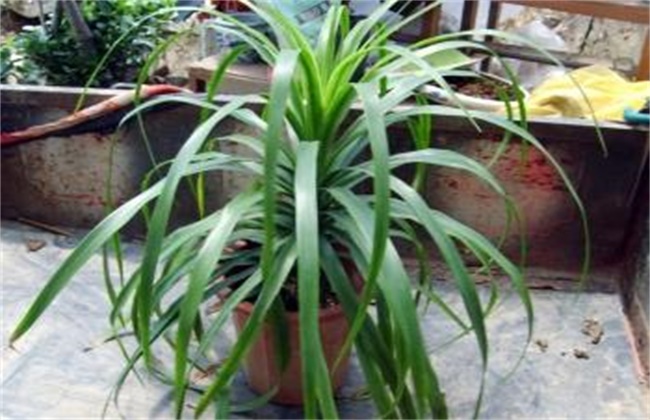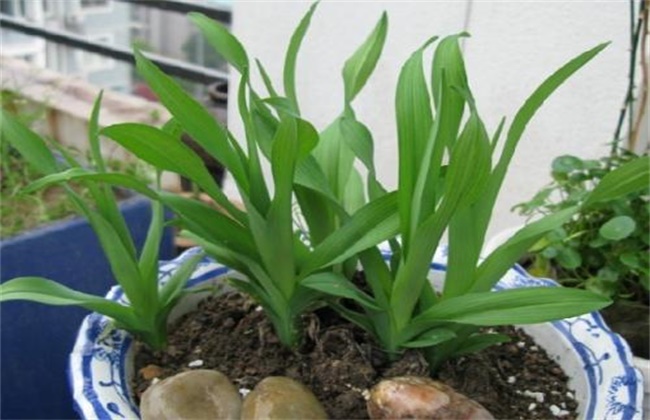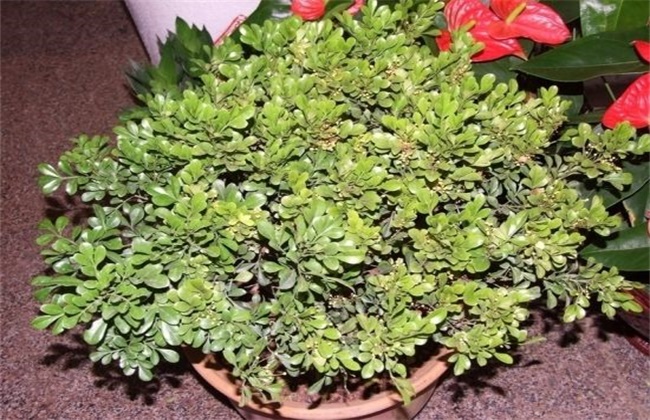How to raise asparagus
Asparagus, also known as Pingtung stone bean orchid, is a relatively easy to raise plants, its indoor culture, can improve the air environment, but also has a certain antibacterial effect, very popular. So how to raise asparagus orchid? Let's take a look at the detailed introduction with the editor.

Culture methods of asparagus orchid
1. Temperature and light
Asparagus likes a warm environment and grows vigorously in an environment above 20 degrees. In winter, the indoor temperature must not be lower than 10 degrees, otherwise there will be yellow leaves and fallen leaves. Asparagus is afraid of strong light and is suitable for growing in an environment with strong scattered light, but we should pay attention to properly absorb sunlight to maintain leaf thickness. if it grows in a dark environment for a long time, it will cause stem growth, slender and weak internodes, and sparse plant type. leaves become thinner and lose luster. Therefore, it can be placed in a well-ventilated semi-sunny place in spring, summer and autumn, while Xiangyang pigs will be placed in winter to prevent strong light exposure in summer to avoid leaf burns.
2. Watering and fertilizing
In the usual maintenance to moderate watering, keep the basin soil dry and wet, do not dry, otherwise the leaves will turn yellow, but too much watering, causing stagnant water at the bottom of the basin will also cause rotten root death, and watering should be controlled in winter. Before cultivation, it is best to mix slow-acting fertilizers such as cruller and bone meal into the basin soil as base fertilizer, and apply thin liquid fertilizer every half a month during the growing period.
3. Pest control
The main diseases and insect pests of asparagus orchid are root rot, leaf spot and nematode. Root rot can be controlled by 3% carbofuran granules. Leaf spot disease should be cut off or diseased leaves first, and then sprayed with 500 times of 70% mancozeb wettable powder.
II. Points for attention
It is best to choose clean tap water when watering asparagus orchid, but leave it standing for 24 hours before watering, so as to avoid chlorine in the tap water from harming the plant. Fertilization is best based on the principle of frequent application of thin fertilizer. Diluted liquid fertilizer is the best, to avoid raw fertilizer and thick fertilizer. When the leaves of asparagus are growing vigorously, pruning in time can not only increase permeability, but also reduce the possibility of breeding diseases and insect pests, and it is also possible to prune withered leaves and diseased branches so as not to affect their appearance.
The above is the introduction of how to raise orchid, hope to help you, want to know more related knowledge, please pay attention to us.
Related
- Fuxing push coffee new agricultural production and marketing class: lack of small-scale processing plants
- Jujube rice field leisure farm deep ploughing Yilan for five years to create a space for organic food and play
- Nongyu Farm-A trial of organic papaya for brave women with advanced technology
- Four points for attention in the prevention and control of diseases and insect pests of edible fungi
- How to add nutrient solution to Edible Fungi
- Is there any good way to control edible fungus mites?
- Open Inoculation Technology of Edible Fungi
- Is there any clever way to use fertilizer for edible fungus in winter?
- What agents are used to kill the pathogens of edible fungi in the mushroom shed?
- Rapid drying of Edible Fungi



